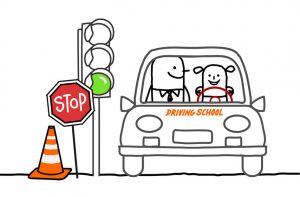How Was the Stop Light Invented?
The stop light is among the most important inventions of the 20th century – a device that makes use of electricity, another modern invention, to address a modern need, the alternation of right of way in road traffic to make moving around safer. Paying attention to traffic lights is a strict teaching at the driving school in Lakewood and other cities across the U.S.
The flow of traffic needed to be controlled even before electricity was invented – initially, traffic was controlled by policemen, then, in 1868, a railway engineer named J. P. Knight created the first manually operated, gas-lit traffic light and had it installed in London to control the horse-drawn traffic crossing Westminster Bridge. The device was efficient in controlling the traffic, but it was very short-lived – on 2 January, 1869 it exploded and it injured the policemen in charge of it. However, the device was considered very useful, so the technology was amended and semaphores soon became widespread in the UK as well as in the US.
The first electric traffic light was invented in 1912, by Lester Wire, a policeman from Salt Lake City and it used two lights, red and green. The first automated traffic lights were used in Los Angeles in 1920 – these units used lights paired with Stop and Go arms and sound signals that played the same role as the amber light in today’s modern semaphores. The first lights that looked almost like the ones that we know today and were fitted with timers were installed in 1922, in Houston.















